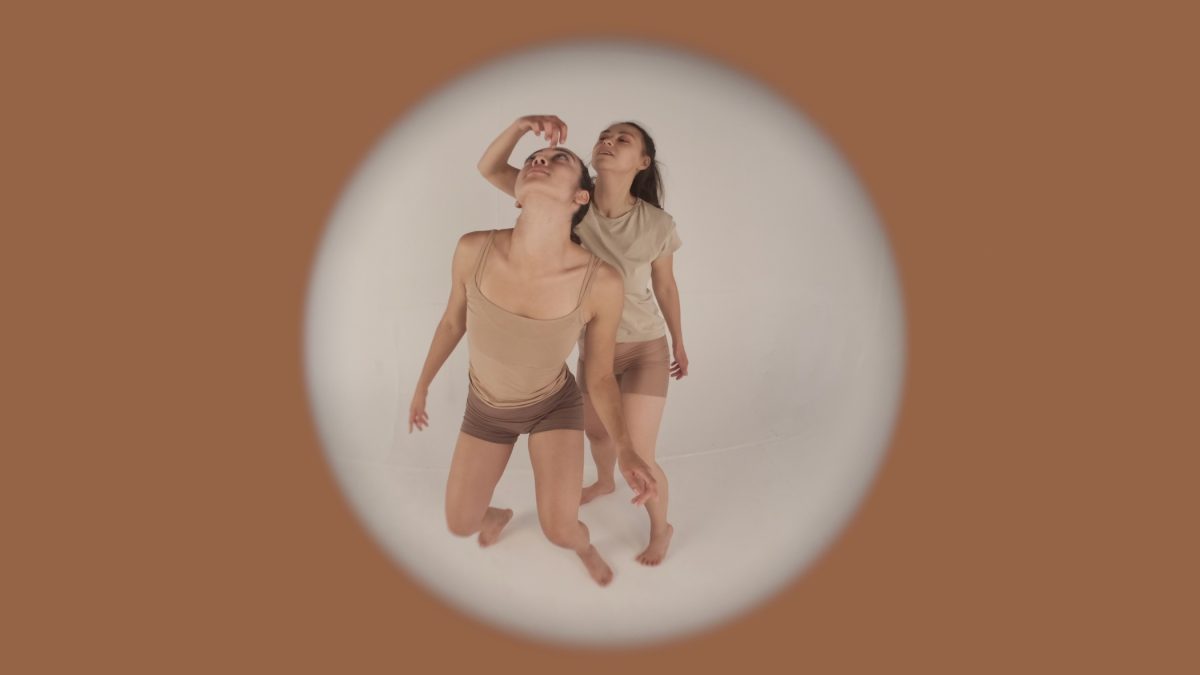Life feels hard for a lot of us at the moment. Kids being at home with a very different weekday routine than they’re used to is tough. Eldest is really struggling with her emotions. And I’m struggling to work out the best way of helping her understand why she’s feeling the way she is.
When Mikenda Plant contacted me to see if I’d like to review her new book, “Tippy Moffles Mirror”, I jumped at the chance because it seemed to fit the bill for what eldest needs. Mikenda is a Family and Systemic Psychotherapist. She specialises in Attachment Focused Family Therapy, also known as known as Dyadic Developmental Psychotherapy (DDP). It’s a treatment for adopted and looked after children who’ve experienced trauma and are struggling to develop secure relationships with their parents and carers.
She’s writing a series of books to help children understand how challenging life experiences can shape the way they understand themselves and the world around them. You can find out more about Mikenda and her work here. She’s written an article about her work with adopted and looked after children, which will be published next week.
We were kindly gifted an electronic copy of the book so we could do the review.

Moffles are lovely creatures who show their emotions in their soft, silky fur. All baby Moffles are born with bright pink fur – this colour represents love. As they grow and discover new feelings, the colours of their emotions are reflected in their fur.
Tippy’s tummy mummy Poppy, has bright blue fur which reflects the deep sadness she’s experienced in her life. The story follows Tippy’s early life with her mummy. She did her best to make her mummy happy. But because her mummy was so full of sadness, that was hard to do. The harder Tippy tried, the more her fur turned flat, grey and dusty.
When the other Moffles realised how dirty Tippy was becoming, they tried to help her mummy to look after her better. The story moves on to look at what happens when a parent can’t look after their child. Tippy moves to live with a new mummy whose fur is rainbow coloured. She helps Tippy to learn to play and to go to school and make new friends. But Tippy is scared to let her colours show in case her new mummy sees that she’s lazy. She didn’t want to look in the big mirror in case she’d turned green.
The book covers some really big issues like neglect, in a gentle way. It helps children understand that not everyone knows how to look after a baby or a child. And that it’s normal to experience a whole range of different emotions. I love how these are represented in the colour of the Moffles’ fur.
Eldest has been talking about her tummy mummy recently so it piqued her interest straight away hearing about Poppy. She’s seven and knows that her tummy mummy wasn’t able to look after her properly. I think reading this book more will help with that as she started to ask questions about why Poppy wasn’t looking after Tippy properly.
The book is a safe, gentle way of exploring things like neglect and moving to a new home. I think it will be a good starting point for us to generate a lot of conversation around these issues. It also seemed to help eldest understand her emotions a bit more. Representing emotions with colours is a great way for kids to relate to how they’re feeling. Eldest asked whether she turned red when she got angry.
I would definitely recommend this book for all children, but particularly adopted children.
You can buy Tippy Moffle’s Mirror from Apple and Google books, or Amazon which sells the Kindle and paperback versions. As an Amazon Associate I earn from qualifying purchases. That means if you click on the Amazon link to the book and then buy it, I get paid a fee from Amazon.



